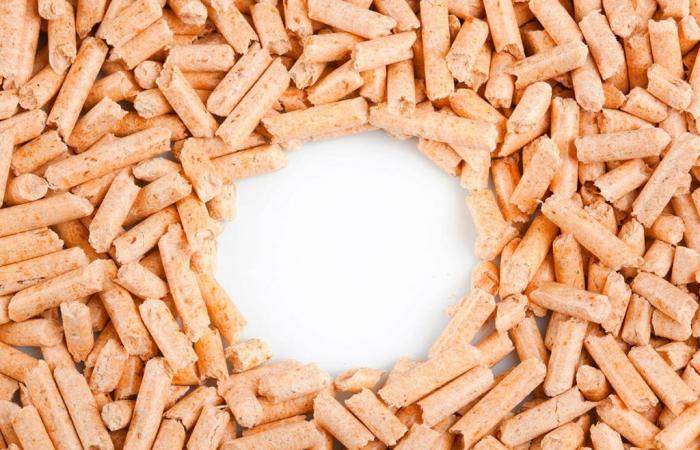
Autumn is approaching and with it, the prospect of a winter spent heating your home. For fans of pellet heating, worrying news is looming: the rise in prices of wood pellets. This increase, although moderate compared to previous years, highlights the importance of anticipating your purchases for winter 2024-2025. Let’s analyze together the reasons for this increase and the strategies to deal with it.
Upward trend in pellet prices: a seasonal phenomenon
Every year, the month of September marks the start of a critical period for pellet consumers. Indeed, it is traditionally during this period that wood pellet prices begin to rise. This seasonal increase can be explained by several factors:
- The increase in demand as winter approaches
- The decrease in stocks among producers
- Rising production and transport costs
In 2023, we observed a moderate increase of 1.4% between August and September, with the average price of a 15 kg bag standing at around €7.35. This development, although notable, remains significantly lower than that observed in 2022, a year marked by Russia’s invasion of Ukraine, which caused an outbreak of 9% over the same period.
Understanding fluctuations in the pellet market
To better understand these price variations, it is important to understand the mechanisms that govern the pellet market. Here is a summary table of the main factors influencing prices:
| Postman | Impact on prices |
|---|---|
| Availability of raw material | Forte influence |
| Production energy costs | Moderate impact |
| International demand | Growing influence |
| Climatic conditions | Impact variable |
These elements interact in complex ways, sometimes creating situations of tension in the market. For example, a shortage of wood or an increase in energy costs can quickly have an impact on the final price of the pellets.
Strategies to anticipate and control your heating expenses
Faced with this upward trend, it becomes crucial to adopt a proactive approach in managing your pellet supplies. Here are some tips to optimize your purchases:
- Group purchases : Join or create a local buying group to benefit from preferential rates.
- Early storage : Take advantage of low off-season prices to build up your reserve.
- Promotion monitoring : Follow distributor offers, particularly in spring and summer.
- Diversification of energy sources : Consider alternatives like natural gas to reduce your dependence on pellets.
By adopting these strategies, you will not only be able to make substantial savings but also protect yourself against possible shortages or sudden price increases.
Outlook for winter 2024-2025
Although the future remains uncertain, industry experts agree that pellet price volatility expected to persist. Geopolitical tensions, environmental issues and changes in global demand will continue to influence the market. In this context, anticipation and planning become major assets for consumers.
It is also important to note that energy policies are evolving. Many countries are encouraging the use of renewable energy sources, which could ultimately stabilize the pellet market. On the other hand, in the short term, this energy transition could paradoxically contribute to an increase in demand and therefore prices.
Ultimately, faced with the announced increase in the price of pellets, vigilance and anticipation are required. By planning your purchases now for winter 2024-2025, you are giving yourself the means to control your heating budget while ensuring your thermal comfort. Don’t forget that every action counts: insulating your home and regular maintenance of your heating system are all levers for optimizing your pellet consumption.





